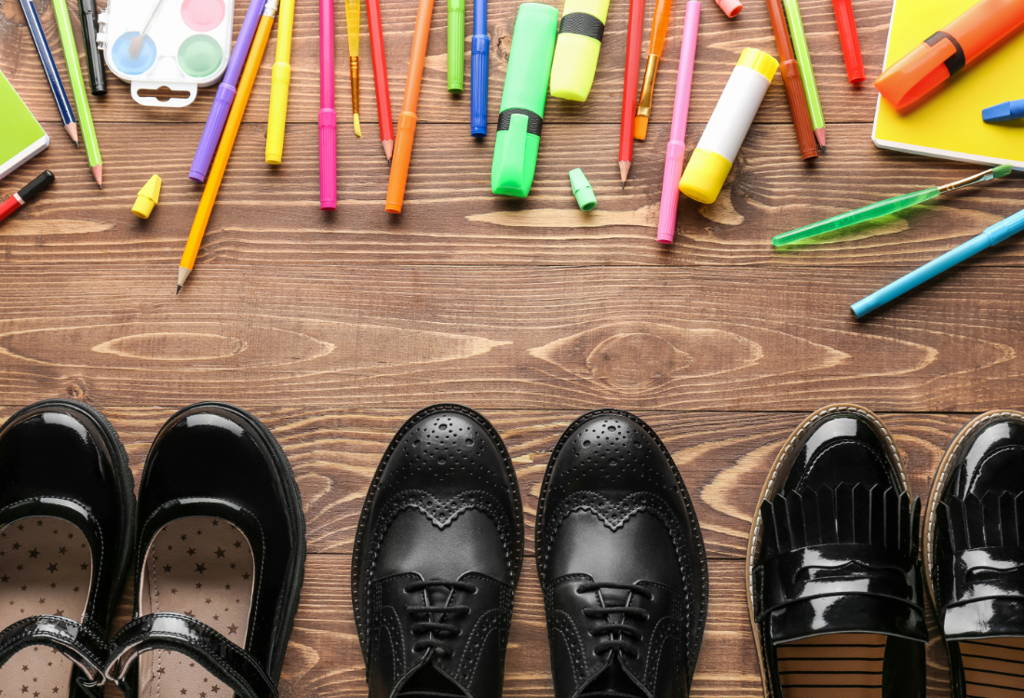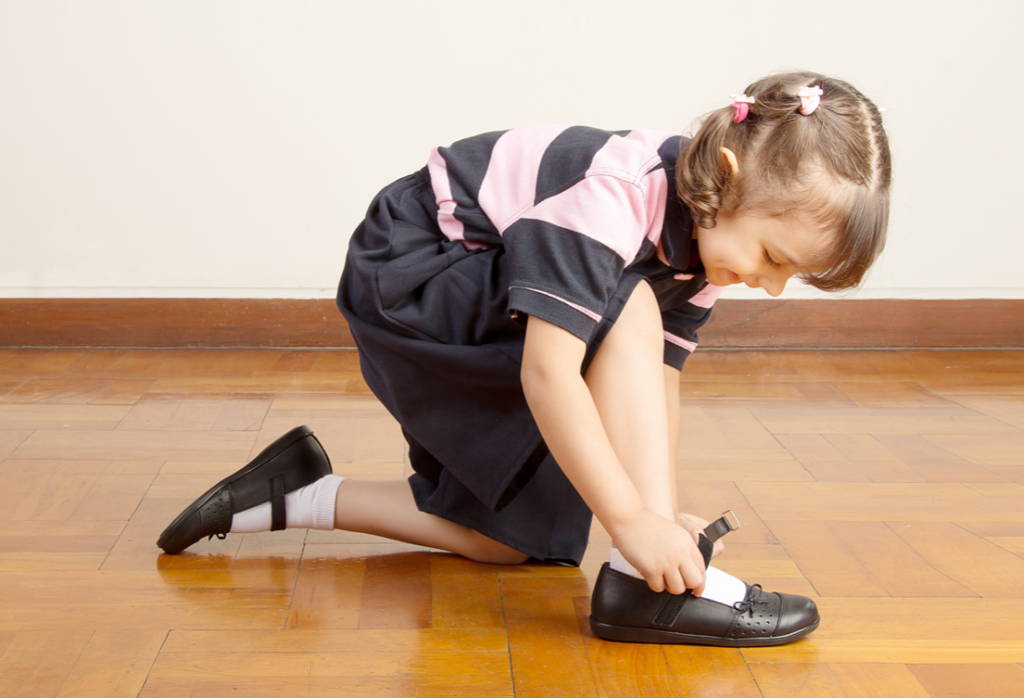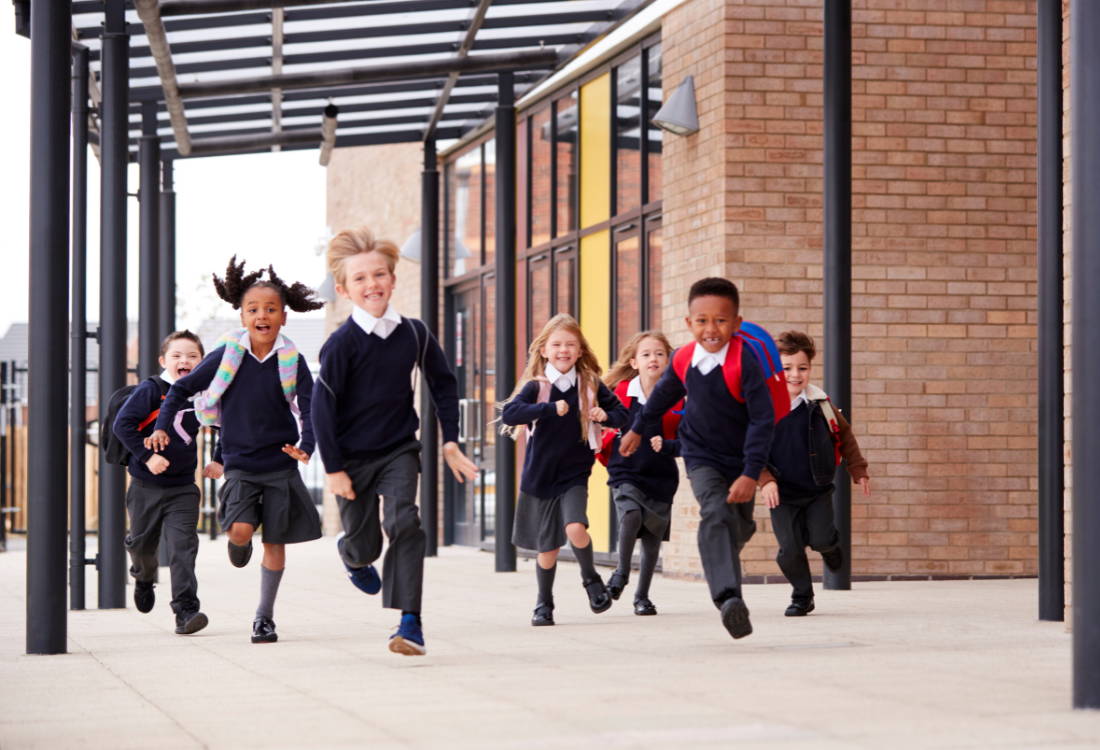Ready for School!
Kids Footwear: Facts and things to consider when buying School Shoes
Learn the main facts about kids shoes and foot health. Many adult foot problems start in childhood. This is why podiatrists consider the early years to be the most important. It is crucial to ensure your child is wearing appropriate footwear in these developmental years. And also, during school. Kids spend more than six hours a day in their school shoes - that's approximately 1,200 hours over a year so we will explain six things to consider when buying school shoes: Length, Width, Depth, Ankle support, Heel grip and the way the walk.
- Growing feet are developing feet. The foot is a complex structure comprised of 26 bones. These bones are designed to support the entire body, adapt to uneven surfaces and absorb shock.
- A child’s foot bones do not fully develop and harden until around the age of 13.
- It is common for younger children to have flatter feet as due to bone and muscle development the arch won’t fully form until 6-7 years of age.
- A child’s foot is predominantly composed of relatively flexible and soft cartilage. The foot structure gradually changes to bone over time and only fully hardens when a child is in their mid to late teens.
- When buying school shoes for kids it’s always a good idea to seek the help of a trained shoe fitter, who will be able to determine the best size and shape of shoe for your child’s feet.
- Kids spend approximately 1200 hours in their school shoes. Which makes it all the more important that kids are wearing comfortable, well-fitting shoes. Shoes that are too small can deform the toes and permanently damage the skeletal structure of the foot. It is important to ensure your child is receiving regular and skilled fittings to avoid causing damage to their growing feet.
- From birth until we stop growing, our feet go through around thirty shoes sizes. 21 of those sizes are when we are children!
- Many adult foot problems start in childhood. This is why podiatrist consider the early years to be the most important. It is crucial to ensure your child is wearing appropriate footwear in these developmental years.
- Girls take an average of 10,000 to 13,000 steps, and boys take 12,000 to 16,000 steps each day.
Six-point checklist to consider when buying school shoes:
1. Length: Check there is enough room for the foot to grow. The biggest toe should be about a child's thumb-width away from the end of the shoe. Any closer and your child will outgrow the shoe very quickly, any further away and the shoe will be far too big.
2. Width: Is the shoe wide enough for the foot?Shoes that are too narrow will put a lot of pressure on the sides of the feet, causing problems like calluses and blisters.
3. Depth: Is the shoe deep enough for the foot?Shoes should not be too tight across the top of the feet as this can restrict movement, be very uncomfortable and may cause ongoing foot problems.
4. Ankle support: The ankle bone needs to be firmly supported by the shoe. Shoes should not dig in or rub the ankle in any way.
5. Heel grip: The heel of the foot should fit snug against the heel of the shoe without being too tight or too loose.
6. Watch them walk. The final way to check whether school shoes are the right fit is to watch your child walking around in them!Make sure that your child walks naturally and easily in the shoes and that the heel of the shoe is not slipping up and down.


Recommendations when choosing shoes for children

- As a general rule, shoes for children should have laces, velcro or some other fastening system. Avoid backless or slip-on shoes for kids.
- Select shoes that are made from breathable materials, such as canvas or leather. It will help to keep the child's foot cooler and dryer, helping to prevent blisters, discomfort, and smelly shoes.
- Always avoid heels on children's shoes. It is bad for the development of the kid’s foot and it is difficult for kids to walk in, they are particularly bad for proper foot development. When it comes to children's shoes, stick with flats and even soles.
- Look for a shoe with a pattern or textured sole, as this will provide traction and help prevent your child from easily slipping on slick surfaces.
- Soles should be sturdy and thick enough to protect the feet from pain and injury, but the sole also needs to be flexible too so that it will bend with the foot.
When buying school shoes for your kids, it is recommended to seek professional help of a trained shoe fitter, who will use a specially designed measuring instrument to determine the best size and shape of shoe for the feet of your child. Our podiatric trained staff at Active Feet can provide your child with a FREE bio-mechanic assessment and treadmill video gate analysis to find the perfect fit for your children to ensure they are equipped with the perfect fit and set to thrive!
See our Back To School collection here



